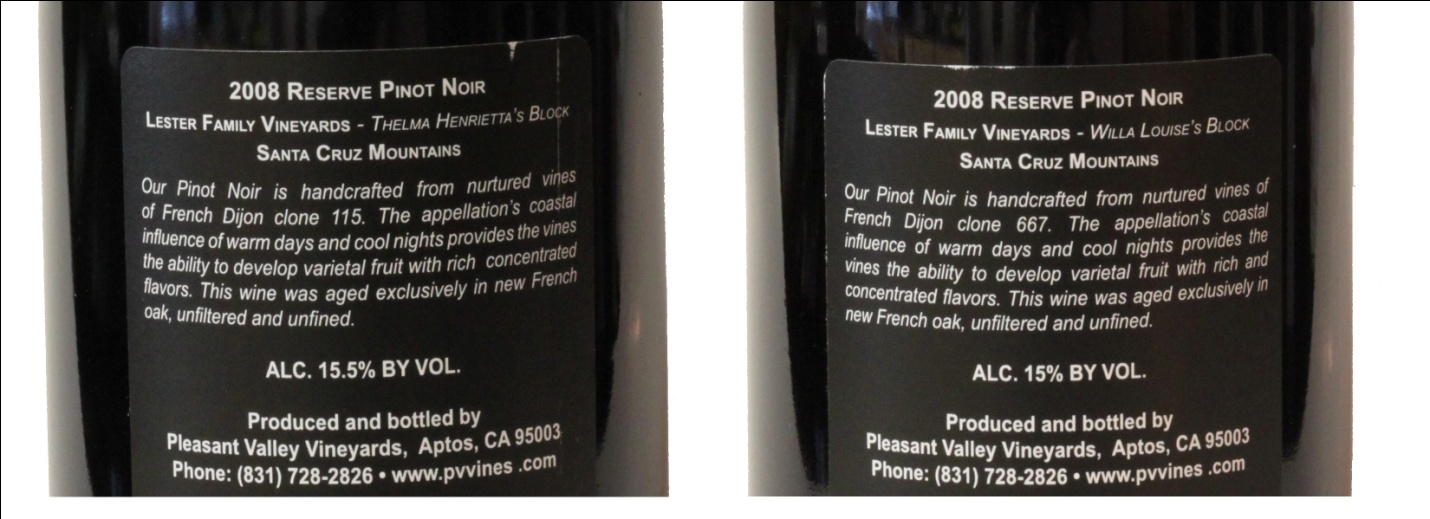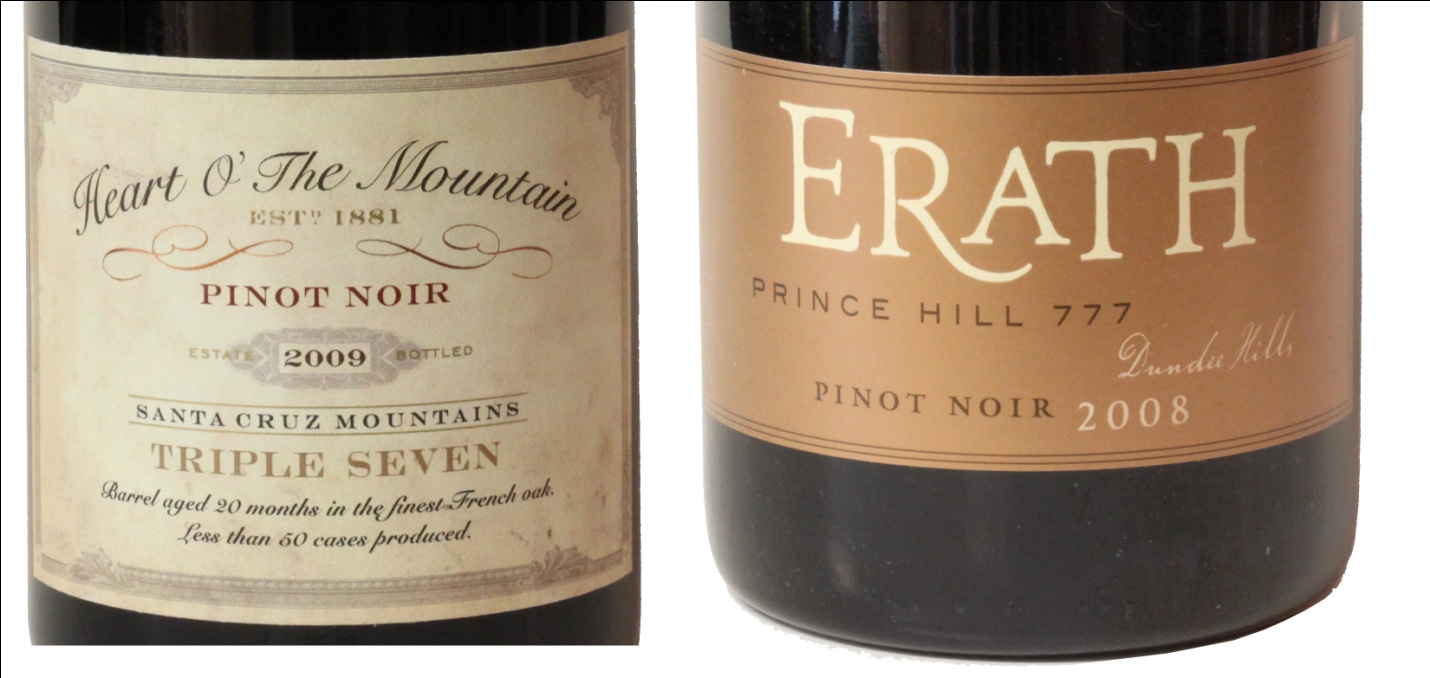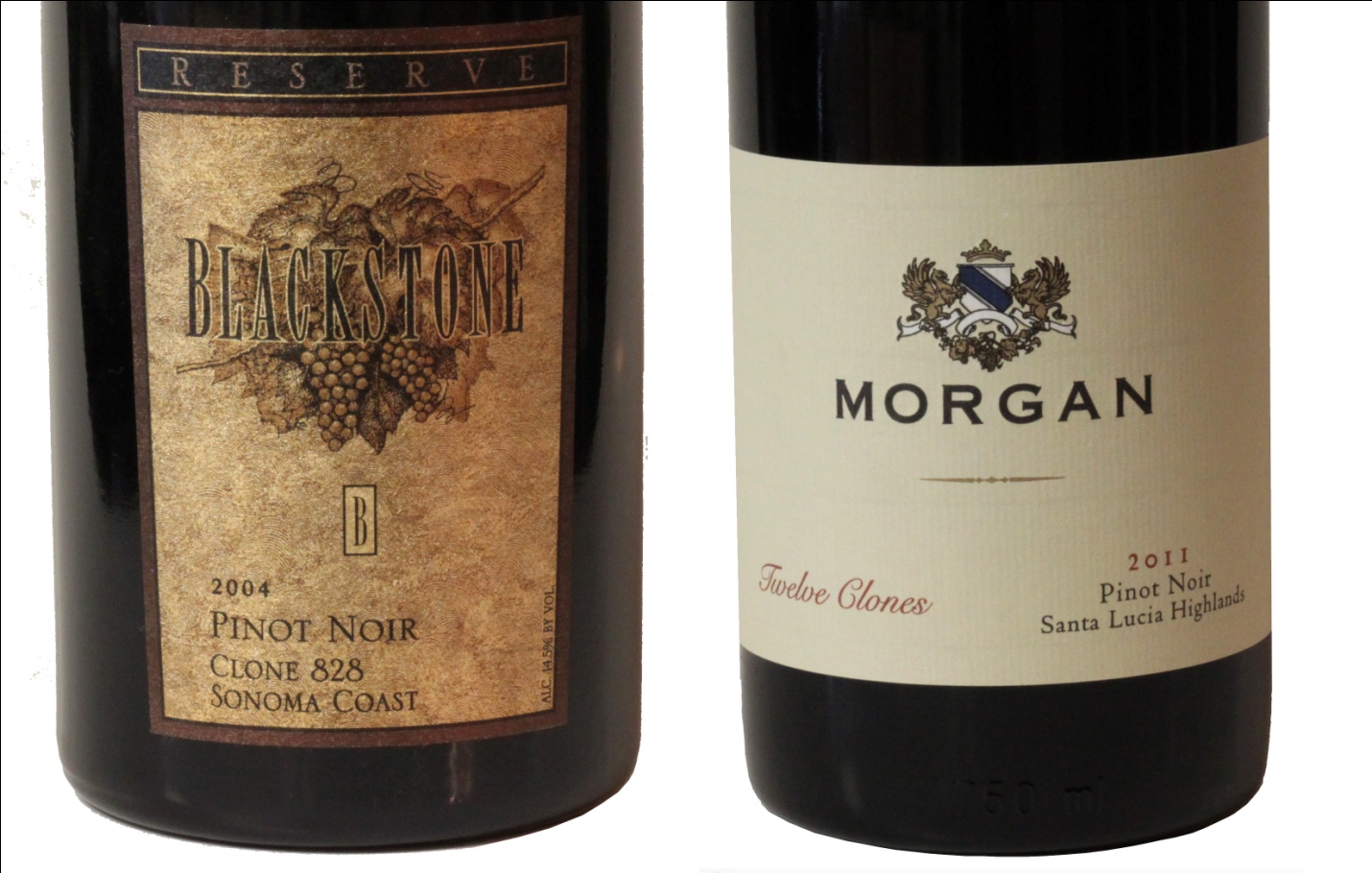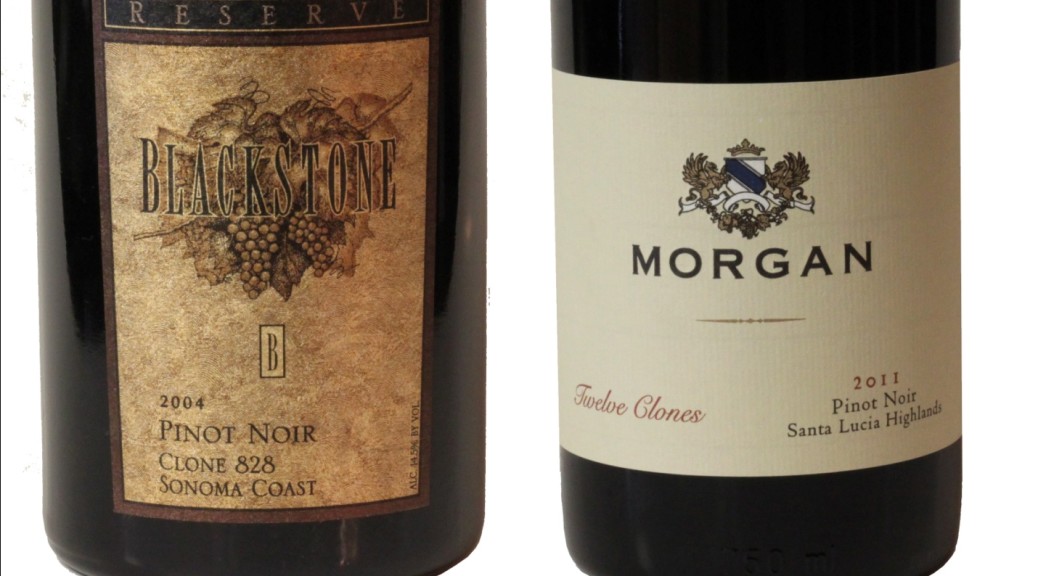If you enjoy Pinot Noir, at some point you’ve probably encountered the word “clone”, as in “This wine is crafted from Djion clone 115”. A clone not actually the result of a test tube experiment, and it’s certainly not any kind of genetically modified organism, or GMO. Pinot clones are simply grape vines grown from cuttings of the best Pinot vines from renowned vineyards, or their descendents. Most clones grown in Oregon and California were cloned from French Burgundian stock. Many of the most common clones originated in Dijon, hence the term “Dijon Clone”.
I’ve frequently written about the unique characteristics of single vineyard wines. Clones add another dimension to terroir, which is the concept that a wine’s flavor is influenced to a large degree by the place in which it is grown: soil, water, elevation, slope, and temperature all play a role. In the nature versus nurture debate, terroir is the nurture while the clone is the nature. Combinations of the two are nearly infinite, making for the abundant variety of flavors that are central to wine tasting adventures. Big vintners mix grapes of different vineyards and clones in giant vats, averaging out all the individual characteristics. Smaller, artisanal winemakers do a much better job of preserving the uniqueness of the grape, bringing the terroir and the clone to your palate.
My friend Craig Handley of Pleasant Valley Vines is one of several winemakers who purchase special Pinot fruit from local grower Lester Family Vineyards. In 2008, Craig selected grapes from two blocks of the Lester Vineyard, one planted in Dijon 115 clones and the other utilizing 667’s. He fermented, barreled and bottled the clones separately, making two excellent wines with subtly different overtones.

Another popular clone, and a favorite of mine, is 777, as witnessed by two single vineyard, single clone “triple sevens” I found in my cellar while “researching” this column. Heart O’ the Mountain is located in the Santa Cruz Mountains on the old Alfred Hitchcock Estate. Readers who know my love of wine and film should not be surprised if we return to Heart O’ the Mountain in a future column.

Other popular clones are 114, 828, Pommard, Swan and Pisoni. The Pisoni clone was brought to the U.S. from a legendary French vineyard in a suitcase by Gary Pisoni of Garys’ vineyard fame, though there are rumors that he smuggled it in an undergarment. Gary’s Vineyard is planted in Pisoni and Swan clones; Swan is rumored to be another “suitcase clone”, but no one is certain how it came to be planted in Swan’s Russian River Valley vineyard. Joseph Swan did little to discourage rumors of his clone’s origin, adding to the mystique.
The numbered Dijon clones aren’t surrounded by as much mystery as their suitcase travelling cousins, but they are widely planted and make excellent wine. Most of the numbered clones were developed at the University of Dijon by Dr. Raymond Bernard in the 1960’s, so all pinot lovers owe the good doctor a debt of gratitude. For those wondering about the origin or meaning of the numbers, they serve only to distinguish one clone from another.
In honor of Dr. Bernard, we’ll close with label shots of a lovely Blackstone 828 from the Sonoma Coast, and one of my favorite clonal blends, the Morgan 12 Clones, sourced mainly from their Double L Vineyard in the Santa Lucia Highlands. Of the thousands of wines tasted by Wine Spectator magazine in 2012, the Morgan 12 Clones was ranked in the top 100.

